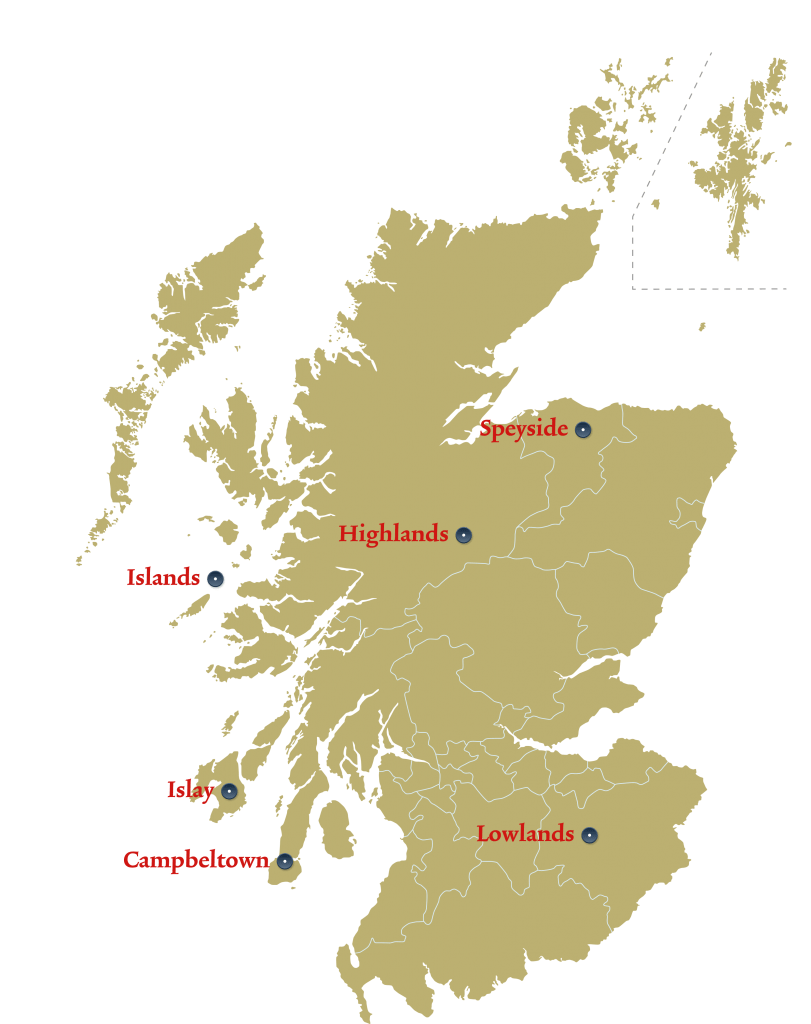Glen Talloch PURE MALT Special Reserve 20ml miniature. 1990s
Glen Talloch PURE MALT Special Reserve 20ml miniature. 1990s.
Condition: Collector-Very rare!-Please note as this is a vintage/rare/limited edition bottle, conditions of bottle/label and liquid level can vary - Some years can vary as estimations only (example: estimated 1970s/80s).
Fill level: In the neck.
Whisky still produced: Not this one.
Category: Single malt.
Distillery: Still producing.
Bottler: Distillery bottling.
Bottling series: Special Reserve Miniature.
Bottling Year: 1990s
Stated Age: Not stated.
Cask type: Not stated.
Strength: 40.0 % Vol.
Size: 20 ml.
Colouring: Unknown.
Chill-filtered: Unknown.
Bottle code: L128
Country Origin: Scotland.
Market: Worldwide.
Distillery History: a
PICTURE THIS:
Pouring rain, ocean winds freely smashing against the steep cliffs, the lost and lonely bark of a collie driving its flock of sheep together and every imaginable shade of green visible on the hills for as far as the eye can see. As soon as you enter the pub, the rich and spicy scent of haggis enters your nostrils. You take off your wool cap, blow some warmth onto your wet hands, kick off your rubber boots and hang your wax coat on the last available peg. You forgot to bring an umbrella again; you’ll probably never learn. As if people knew you were coming, your favourite stool at the bar is still empty. You join the crowd and the hustle and bustle of the pub embrace you. There is a fire burning in the hearth in one corner. Then a hand appears. Unbidden. It offers you a delicious glass of Glen Talloch. You are home. More than ever.
In this barren Scottish land that produces such wonderful wheat and where the water is purer than you ever thought possible, the locals have mastered the noble art of making whisky for centuries. This is a craft that must intrigue you. The knowledge and expertise it requires are passed down from one generation to the next. These people have been braving the pouring rain for centuries. Their famous whisky was originally invented as a way to make some use of rain-soaked barley. However, the work doesn’t end there. In fact, it takes years of work before you can open a beautiful bottle of Glen Talloch in your own home. Let us take you on a tour of the six steps it takes to turn water, barley and yeast into an excellent, flavourful Scotch whisky. Have a seat and pour yourself a glass.





